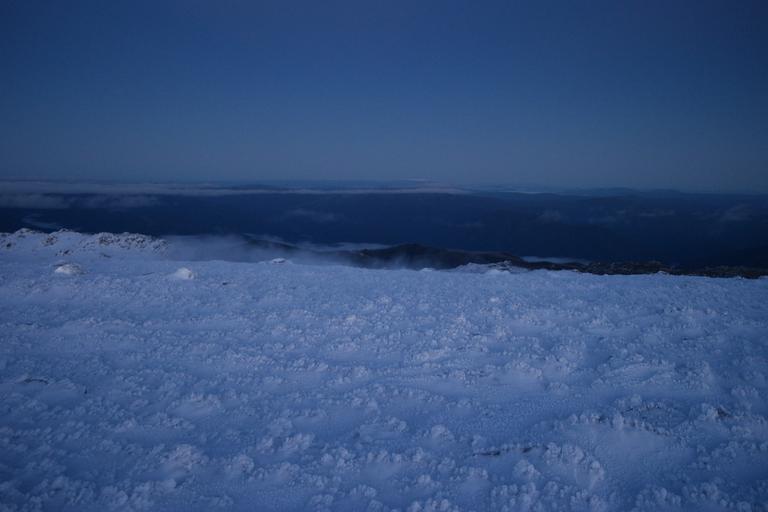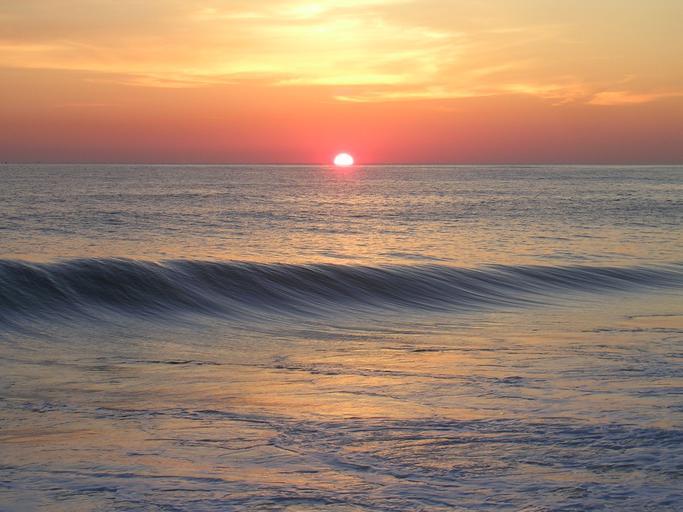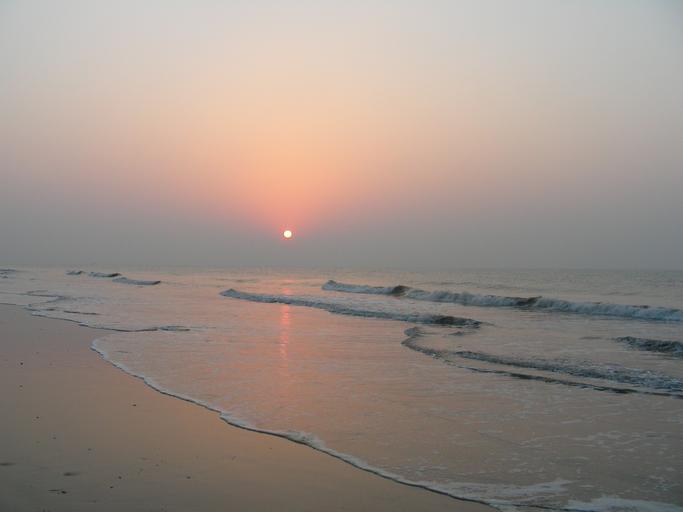Introduction
Art has always been an integral part of human expression, a canvas where emotions, thoughts, and experiences can be translated into visual narratives. Photography, in particular, serves as a powerful medium for artistic expression. It encapsulates moments in time and allows the viewer to connect with the subject on multiple levels. This article explores the intricate relationship between artistic expression and shutter speed experiments in photography. By investigating various themes such as self-portrait photography, fine art photography, and the beauty found in decay, we will delve into how shutter speed can transform ordinary scenes into extraordinary statements.

Artistic Expression Through the Lens of a Shutter Speed Experiment
Photography is not just about capturing images; it's about conveying feelings, stories, and ideas. The concept of shutter speed plays a crucial role in this process. It determines how motion is captured—freezing a moment in time or allowing it to blur into abstraction. This section will discuss the technical aspects of shutter speed and its implications for artistic expression.
Understanding Shutter Speed
Shutter speed refers to the length of time that your camera's shutter remains open while taking a photo. It's one of the three pillars of exposure alongside aperture and ISO. A fast shutter speed (e.g., 1/1000 sec) captures fast-moving subjects crisply, while slower speeds (e.g., 1/30 sec) allow for motion blur, creating dynamic images that convey movement.
The Impact of Shutter Speed on Artistic Expression
The choice of shutter speed influences not only technical outcomes but also emotional responses from viewers. For example:
- Fast Shutter Speeds: Freeze action and evoke feelings of excitement or intensity. Slow Shutter Speeds: Create ethereal effects, portraying tranquility or chaos depending on the context.
These choices allow photographers to express their artistic vision through dynamic contrasts in imagery.
Experimenting with Shutter Speed
Photographers often engage in experiments using different shutter speeds to see how they affect their images. Techniques like panning—moving the camera along with a moving subject—can create stunning results when coupled with slower shutter speeds.
Practical Tips for Experimentation
Use a Tripod: To stabilize your camera when using slow shutter speeds. Explore Aperture Settings: Adjusting aperture can help control light entering your lens. Play with ISO Settings: Higher ISO settings allow for faster shutter speeds but may introduce noise.Self-Portrait Photography as Artistic Expression
Self-portrait photography opens up avenues for introspection and exploration within one's artistic journey. By manipulating elements like light, composition, and especially shutter speed, artists can convey complex narratives about themselves.
The Role of Self-Timer in Self-Portraiture
Using a self-timer can provide control over compositions that reflect personal growth or emotions. Setting up shots requires thoughtful consideration around lighting and background—elements that contribute heavily http://evergreennotes170.bearsfanteamshop.com/reflection-through-interiors-using-art-to-mirror-your-personal-journey to thematic storytelling.
Capturing Emotion Through Timing
Different shutter speeds can emphasize various emotions:
- A quick snap might capture spontaneity or joy. A long exposure could illustrate contemplation or sadness.
This manipulation enables photographers to express their identities artistically through self-portraits.
Creating Timeless Self-Portraits
Timelessness in self-portraits often arises from thoughtful execution concerning lighting and composition paired with strategic use of shutter speed. Whether opting for black-and-white photography or exploring tarnished color photography, each decision contributes to the piece's narrative depth.
Fine Art Photography: A Gateway to Aesthetic Exploration
Fine art photography transcends mere documentation; it embodies artistic intent through thoughtful compositions and techniques like shutter speed experimentation.
Aesthetic Fine Art Photography Defined
Aesthetic fine art photography emphasizes visual appeal while conveying deeper meanings rooted in personal narratives or societal commentary. This genre often incorporates themes such as nature versus structure—contrasting organic forms against man-made constructions.
Themes That Emerge Through Fine Art Photography
Nature Reclaiming Spaces: Showcasing vegetation amid ruins highlights resilience. Human Narratives: Capturing individuals within these spaces adds depth to stories told through imagery. Withering Beauty: Focusing on decay presents poignant reflections on mortality and transience.Each theme invites viewers into an immersive experience that resonates beyond aesthetic appreciation alone.
Exploring Nature & Decay Through Photography
Nature’s reclamation of decaying structures offers rich opportunities for creative exploration within photography—a theme echoed throughout various works across genres.
Moss-Covered Ruins in Photography
Moss-covered ruins symbolize nature's enduring power over human creations—an artistic commentary on life cycles encapsulated within frames by utilizing specific shutter speeds.
Capturing Contrasts
By playing with exposure times:
- Short exposures freeze details effectively. Longer exposures blend textures together beautifully, emphasizing interplay between structures and vegetation.
This duality becomes visually stimulating while telling stories inherent to both nature's reclaiming processes and human absence.
Ruin & Bloom in Photography
The juxtaposition of blooming life against crumbling walls creates striking visual narratives that prompt reflection upon transitions between growth phases.
Themes Explored
Nature’s ability to thrive amidst decay reinforces concepts surrounding resilience—a potent metaphor emblematic across many cultures. Symbolic photography highlights shadows cast by aging structures alongside vibrant life forms thriving nearby—inviting contemplation about coexistence even amidst deterioration.Joyful Photography: Celebrating Life Themes
Photography has an innate ability to capture joyful moments while exploring broader themes related to life experiences—from challenges faced during personal journeys toward celebrating milestones achieved along paths taken!
Extending Life Through Artistry
Artistic expression through joyful photography reveals perspectives shaped by our interactions with environments encountered daily! As photographers experiment with different techniques—including varied shutter speeds—they can articulate their experiences uniquely:
Life Themes Explored
Personal Growth Overcoming Obstacles Celebrating TriumphsEach theme intertwines beautifully when portrayed visually!

FAQs About Artistic Expression Through Shutter Speed Experiments
1. What is the importance of shutter speed in photography?
Shutter speed controls how motion is captured; fast speeds freeze action while slow speeds create motion blur, influencing emotional responses from viewers.
2. How can I experiment with different shutter speeds?
You can try out varying settings on your camera while photographing moving subjects or still scenes at different times of day for diverse lighting conditions!

3. Can self-timer usage enhance self-portrait photography?
Absolutely! Utilizing a self-timer allows you more flexibility regarding composition choices without needing someone else behind the lens!
4. What themes are common in fine art photography?
Common themes include nature versus structure, human narratives within environments, decay juxtaposed with blooming life—all incorporated thoughtfully through strategic techniques like varied exposure times!
5. How does black-and-white photography contribute to aesthetic exploration?
Black-and-white photography strips away color distractions allowing viewers’ focus solely on composition elements—the interplay between light/shadow fitting seamlessly into aesthetic storytelling frameworks!
6. Why should I explore nature reclaiming spaces through my lens?
Exploring these areas provides insight into resilience found within both natural ecosystems & built environments! It prompts conversations surrounding coexistence amid change over time!
Conclusion
In summary, "Artistic Expression Through the Lens of a Shutter Speed Experiment" embodies profound explorations into how timing affects not merely technical aspects but emotional narratives conveyed via imagery captured throughout various genres—from joyful celebrations illuminating personal growth journeys transitioned among thriving communities amidst decay—to contemplative reflections illustrated within timeless self-portraits showcasing individual identity struggles experienced along paths traversed throughout life courses navigated!
Embracing experimentation leads photographers toward discovering unique voices articulated vividly through techniques employed during shoots—ultimately enriching their artistry endeavors while contributing richly layered dialogues surrounding shared human experiences expressed visually!
Through constant practice mixed creatively alongside intention-driven choices made around elements like aperture settings combined harmoniously alongside powerful storytelling devices such as symbolic imagery reflecting contrasting themes present throughout existence itself—we find ourselves continually inspired by what lies ahead waiting patiently behind every click captured along this beautiful journey called 'life.'